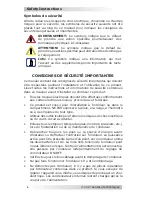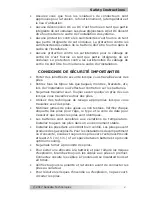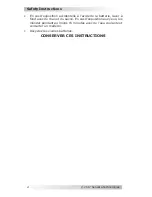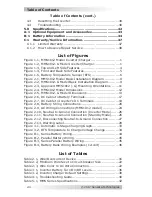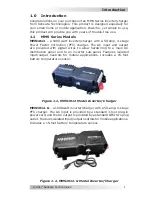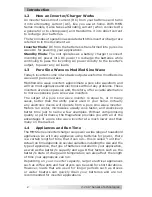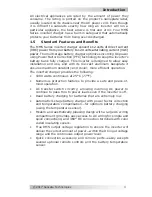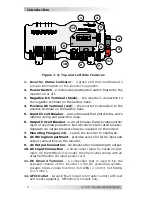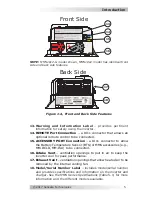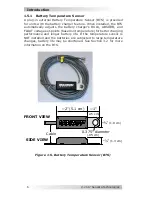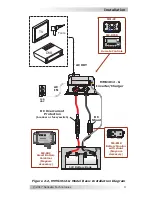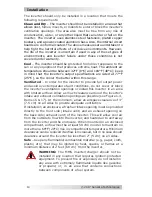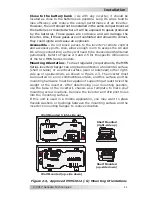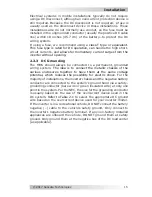
© 2017 Sensata Technologies
10
Installation
The inverter should only be installed in a location that meets the
following requirements:
Clean and Dry
– The inverter should not be installed in an area that
allows
dust, fumes, insects, or rodents to enter or block the inverter’s
ventilation openings. The area also must be free from any risk of
condensation, water,
or any other liquid that can enter or fall on the
inverter. The inverter uses stainless steel fasteners, plated copper
busbars, and a power-coated aluminum base. Also, the internal circuit
boards are conformal coated. The above measures are undertaken to
help
fi
ght the harmful effects of corrosive environments. However,
the life of the inverter is uncertain if used in any of these types of
environments, and inverter failure under these conditions is not
covered under warranty.
Cool
– The inverter should be
protected from direct exposure to the
sun or any equipment that produces extreme heat.
The ambient air
temperature should be between 32°F (0°C) and 104°F (40°C); keep
in mind that the inverter’s output speci
fi
cations are rated at 77°F
(25°C), so the cooler the better within this range.
Ventilated
– In order for the inverter to provide full output power
and avoid over-temperature fault conditions, do not cover or block
the inverter’s ventilation openings or install this inverter in an area
with limited air
fl
ow. Allow as much clearance around the inverter’s
intake and exhaust ventilation openings as possible (see Figure 1-4,
Items 16 & 17). At the minimum, allow an airspace clearance of 3”
(7.5 cm) on all sides to provide adequate ventilation.
If installed in an enclosure, a fresh air intake opening must be provided
directly to the front side (intake vent) and an exhaust opening on
the back side (exhaust vent) of the inverter. This will allow cool air
from the outside to
fl
ow into the inverter, and heated air to exit away
from the inverter and the enclosure. When mounted in an enclosed
compartment, air
fl
ow must be at least 59 cfm in order to maintain no
more than a 68°F (20°C) rise in compartment temperature. Minimum
clearances can be reduced if air
fl
ow is increased, but in no case should
clearance around the inverter be less than 2” (5 cm) on all sides.
Safe
– Keep any
fl
ammable/combustible material (e.g., paper, cloth,
plastic, etc.) that may be ignited by heat, sparks, or
fl
ames at a
minimum distance of 2 feet (60 cm) from the inverter.
WARNING:
The MMS inverter/charger should not be
installed in any location that requires ignition-protected
equipment. To prevent
fi
re or explosion, do not install in
any area with extremely
fl
ammable liquids like gasoline
or propane; or, in an area that contains connections
between components of a fuel system.

